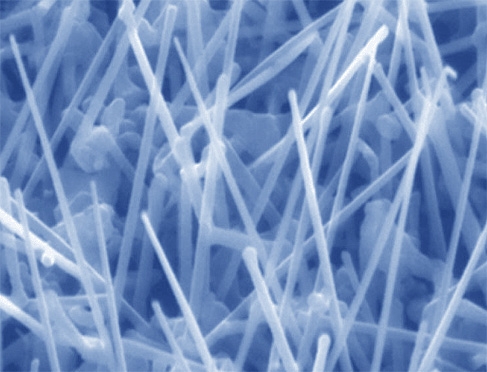Advance in contact printing could lead to bendable electronics
Engineers in Scotland have created a contact-printing system that embeds silicon nanowires into flexible surfaces, an advance that could lead to new forms of bendable electronics.


In a paper published in Microsystems and Nanoengineering, engineers from Glasgow University describe how they have fabricated high-mobility semiconductor nanowires onto flexible surfaces to develop what are claimed to be high-performance ultra-thin electronic layers.
Those surfaces, which can reportedly be bent, flexed and twisted, could be utilised in video screens, improved health monitoring devices, implantable devices and synthetic skin for prosthetics.
The advance has been made at Glasgow University’s Bendable Electronics and Sensing Technologies (BEST) research group, which is led by Prof Ravinder Dahiya.
The BEST team has already developed solar-powered, flexible ‘electronic skin’ for use in prosthetics and stretchable health sensors that monitor pH levels of users’ sweat.
In their latest paper, the research team outline how they manufactured semiconductor nanowires from silicon and zinc oxide and printed them on flexible substrates to develop electronic devices and circuits.
Register now to continue reading
Thanks for visiting The Engineer. You’ve now reached your monthly limit of news stories. Register for free to unlock unlimited access to all of our news coverage, as well as premium content including opinion, in-depth features and special reports.
Benefits of registering
-
In-depth insights and coverage of key emerging trends
-
Unrestricted access to special reports throughout the year
-
Daily technology news delivered straight to your inbox










National Gas receives funding to develop Gravitricity underground hydrogen storage system
One single rock salt mine - Winsford - has 23 <i>MILLION </i>cubic metres of void and even allowing for 10% of that void set aside for hazardous waste...